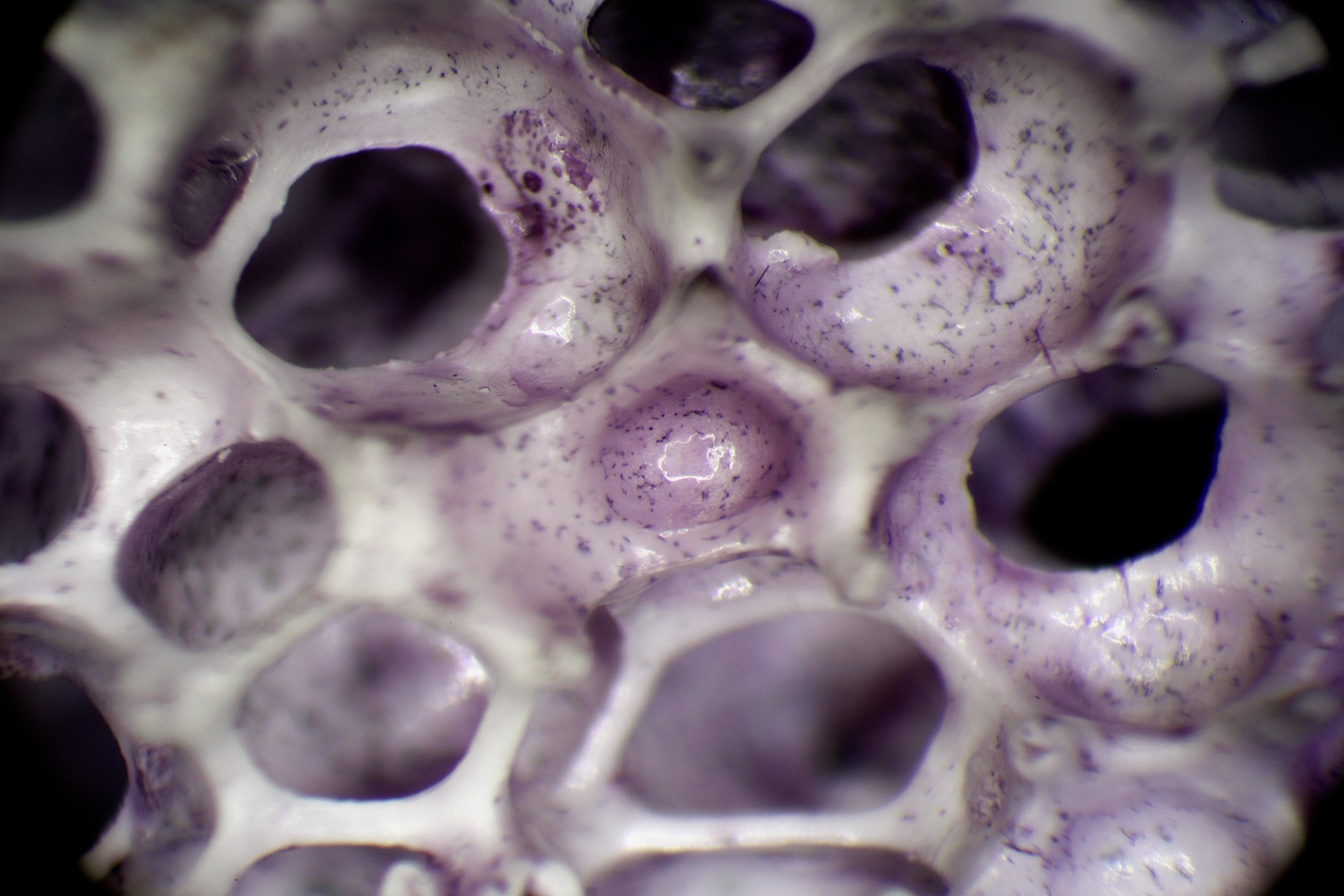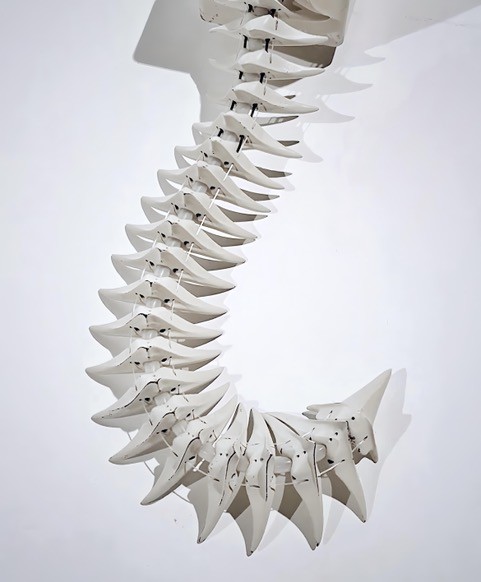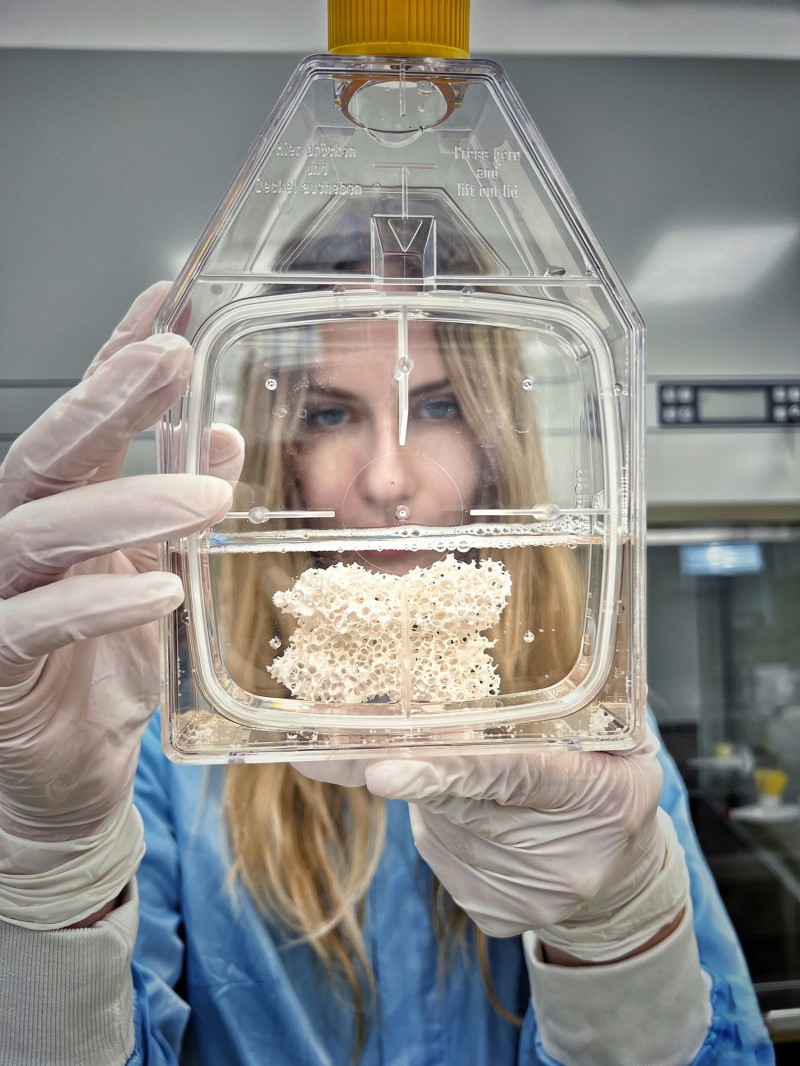About - Ana Rajcevic
Abstract
The research “Chimera: the Animal, the Machine, and the Almost Human” explores historical and contemporary practices of body hybridity and human augmentation, as well as my own prosthetic and robotic artworks conducted over the last 13 years – in my art studio as well as at various science and technology institutes and stem-cell research laboratories. Specifically, the investigation delves into the enduring concept of Chimera, a creature central to my enquiry, which symbolizes a fusion of entities and practices, born from the amalgamation of machine, animal, and human, as well as the blend of artistic, scientific, and cultural endeavors I have engaged in. I use Chimera to create prosthetic and robotic artworks, or what I term ‘chimeric embodiments’ and imaginaries that alter, extend and enhance the body through animal-inspired appendages. The construction of these ‘chimeric embodiments’ has necessitated a critical multidisciplinary approach that combines experimental art and design with research in technology, robotics, biomedicine, history, materials science, and psychology.
The research interweaves stories of scientific advance in robotics, prosthetics, gene splicing, and stem-cell implantations with the imaginative realms of mythology, history, art, and literature. In conjunction with my artistic practice, which creates Chimera entities by altering and extending the body through non-anthropomorphic prosthetics or ‘chimeric embodiments’, the study explores diverse scenarios of possibilities, consequences, and experiences of mental and somatic boundaries and mutations. It particularly investigates the role of animal–human imaginings as a catalyst for reconfiguring discourses around technological advancement and as a possible driver for redesigning socio-political entities that can explore and imagine futures.
The research also includes the two most recent Chimera prosthetic-artworks:
“Mechanical Bloom” AI robot series inspired by centipedes and scorpions (arachnids), and laboratory-grown organoid “The Cell”- a tail-like prosthetics seeded with human mesenchymal stem-cells.

"The Cell" (cooperation with Educell Company (SL) and Kersnikova Institute(SL)

"Mechanical Bloom" (collaboration with Neon Dance and Bristol Robotics Lab)
Ana positively defended her dissertation in January 2024. Congratulations!
Chimera: the Animal, the Machine, and the Almost Human
Defensio von Ana Rajcevic, Doktoratsprogramm Künstlerische Forschung (PhD in Art)
Betreuer: Virgil Widrich
Prüfungskommission: Margarete Jahrmann, Lara Torres, Sven Jonke, Jurij Krpan, Virgil Widrich
https://www.dieangewandte.at/aktuell/ausstellungen/ausstellungen_detail?artikel_id=1704944536566
Photos: Ana Rajcevic
The research “Chimera: the Animal, the Machine, and the Almost Human” explores historical and contemporary practices of body hybridity and human augmentation, as well as my own prosthetic and robotic artworks conducted over the last 13 years – in my art studio as well as at various science and technology institutes and stem-cell research laboratories. Specifically, the investigation delves into the enduring concept of Chimera, a creature central to my enquiry, which symbolizes a fusion of entities and practices, born from the amalgamation of machine, animal, and human, as well as the blend of artistic, scientific, and cultural endeavors I have engaged in. I use Chimera to create prosthetic and robotic artworks, or what I term ‘chimeric embodiments’ and imaginaries that alter, extend and enhance the body through animal-inspired appendages. The construction of these ‘chimeric embodiments’ has necessitated a critical multidisciplinary approach that combines experimental art and design with research in technology, robotics, biomedicine, history, materials science, and psychology.
The research interweaves stories of scientific advance in robotics, prosthetics, gene splicing, and stem-cell implantations with the imaginative realms of mythology, history, art, and literature. In conjunction with my artistic practice, which creates Chimera entities by altering and extending the body through non-anthropomorphic prosthetics or ‘chimeric embodiments’, the study explores diverse scenarios of possibilities, consequences, and experiences of mental and somatic boundaries and mutations. It particularly investigates the role of animal–human imaginings as a catalyst for reconfiguring discourses around technological advancement and as a possible driver for redesigning socio-political entities that can explore and imagine futures.
The research also includes the two most recent Chimera prosthetic-artworks:
“Mechanical Bloom” AI robot series inspired by centipedes and scorpions (arachnids), and laboratory-grown organoid “The Cell”- a tail-like prosthetics seeded with human mesenchymal stem-cells.

"The Cell" (cooperation with Educell Company (SL) and Kersnikova Institute(SL)

"Mechanical Bloom" (collaboration with Neon Dance and Bristol Robotics Lab)
Ana positively defended her dissertation in January 2024. Congratulations!
Chimera: the Animal, the Machine, and the Almost Human
Defensio von Ana Rajcevic, Doktoratsprogramm Künstlerische Forschung (PhD in Art)
Betreuer: Virgil Widrich
Prüfungskommission: Margarete Jahrmann, Lara Torres, Sven Jonke, Jurij Krpan, Virgil Widrich
https://www.dieangewandte.at/aktuell/ausstellungen/ausstellungen_detail?artikel_id=1704944536566
Photos: Ana Rajcevic
Activities
- Chimera: the Animal, the Machine, and the Almost Human (January 17, 2024)Defensio von Ana Rajcevic, Doktoratsprogramm Künstlerische Forschung (PhD in Art) | ExhibitionPhD Dissertation Defensio

Ana Rajcevic
Ana Rajcevic in the Lab
